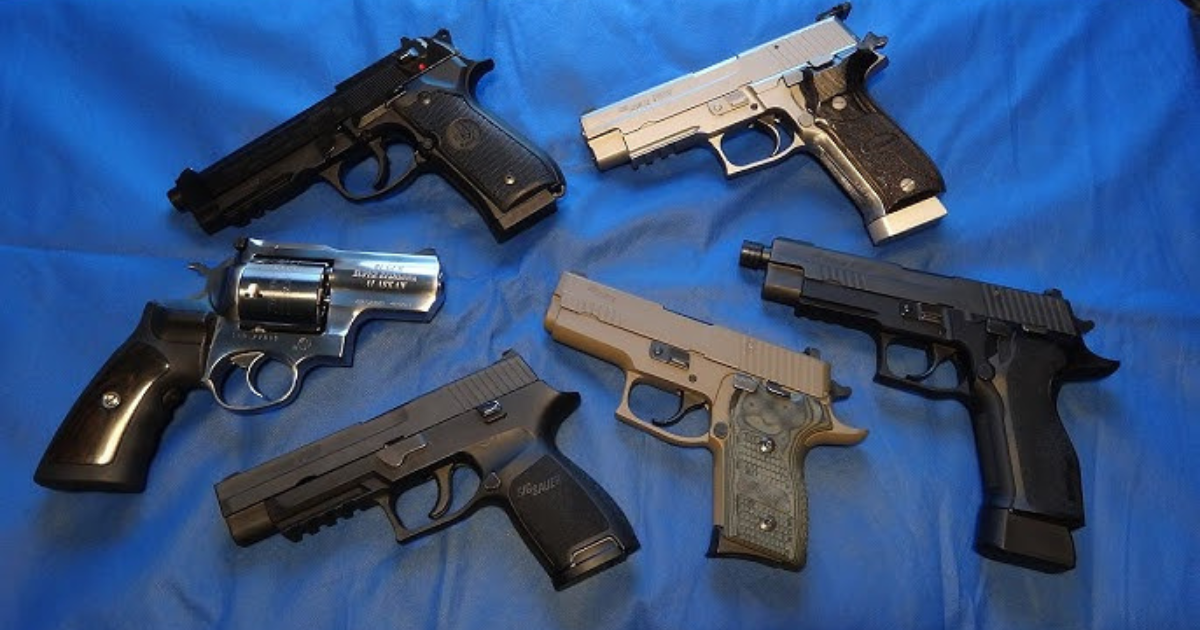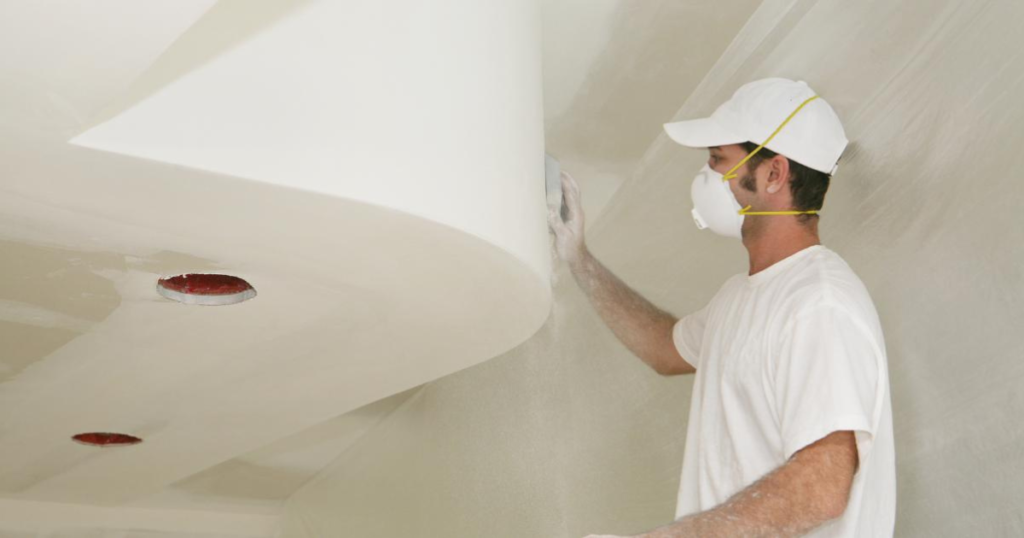When working with drywall, getting a smooth, professional-looking finish is essential. One key tool to achieve this is sandpaper. But not just any sandpaper will do. Different grit levels serve different purposes, and choosing the right one can make a huge difference in how your drywall project turns out. So, what grit sandpaper should you use for drywall?
In this blog, we will break down everything you need to know about sandpaper grit, the best types to use for drywall, and how to apply it for a flawless finish.
Understanding Sandpaper Grit
First, let’s explain what grit means. The grit number refers to how coarse or fine the sandpaper is. Lower numbers, like 40 or 60, indicate coarser sandpaper, while higher numbers, like 200 or 220, indicate finer sandpaper. The grit determines how much material the sandpaper removes. Coarser grits remove more material quickly but leave a rougher surface, while finer grits smooth surfaces but remove less material.
In drywall work, using the right grit sandpaper ensures a smooth surface for painting or wallpapering.
Different Grits For Drywall
- Coarse Grit Sandpaper (40 to 80 grit)
- Coarse sandpaper is used to remove large amounts of material. However, for drywall, it’s usually not recommended because it’s too rough and can damage the surface.
- It’s primarily used for sanding rough wooden surfaces or removing old paint. If you use coarse grit on drywall, it might gouge or tear the material, making the wall uneven and harder to fix.
- Medium Grit Sandpaper (100 to 150 grit)
- Medium grit is the most common choice for drywall projects. This grit is ideal for smoothing joint compound (also known as mud) after it dries. When you apply joint compound to cover seams or repair holes in drywall, it often leaves an uneven surface that needs to be smoothed before priming or painting.
- 100 to 120 grit is great for the initial sanding, especially if you have a lot of excess compound to remove. It can get rid of high spots without damaging the drywall beneath.
- 150 grit sandpaper is ideal for a final pass, creating a smooth surface without taking off too much material. This grit strikes the perfect balance between removing material and finishing the surface.
- Fine Grit Sandpaper (180 to 220 grit)
- Fine sandpaper is used for finishing touches. After using medium grit to level the surface, fine grit can be used to give the wall a smooth, polished finish.
- For drywall, 180 to 220 grit sandpaper is typically used just before painting or applying wallpaper. This grit smooths out any minor imperfections left behind from the previous sanding stages, ensuring that the wall is smooth to the touch and ready for the final steps of your project.
- Using fine grit helps prevent scratches or uneven surfaces that might show through paint, giving your walls a flawless appearance.
- Extra Fine Grit Sandpaper (320 to 400 grit)
- Extra fine grit is generally not necessary for most drywall jobs, but it can be useful in rare cases where you need an ultra-smooth finish, such as in specialty drywall finishes.
- This grit is most often used on delicate surfaces like wood or metal. However, if you want your drywall to be extra smooth before applying high-gloss paint, you can opt for a 320 to 400 grit sandpaper. Just be careful not to over-sand, as this can damage the drywall or joint compound.
Tools For Sanding Drywall
Now that you know which grit sandpaper to use, let’s talk about the tools you’ll need for sanding drywall. There are a few different options, depending on the size of the area and the level of control you need.
- Sanding Block
- A sanding block is a handheld tool that holds the sandpaper in place. It gives you more control and helps apply even pressure, making it ideal for small areas or detailed work.
- You can easily attach sandpaper sheets to the block, which are available in different grit sizes.
- Pole Sander
- A pole sander is a long-handled tool with a pivoting sanding head, designed for sanding larger areas, especially ceilings and tall walls. This tool makes it easier to reach high places without the need for a ladder.
- It’s best to use medium grit sandpaper with a pole sander for efficient, even coverage.
- Drywall Sanding Sponge
- A drywall sanding sponge is a foam block with an abrasive surface. It’s flexible and can get into corners and angles that might be hard to reach with a block or pole sander.
- Sanding sponges are available in different grit sizes, so they can be used for both rough and fine sanding.
- Power Sander
- If you’re working on a large project or a professional job, you might want to invest in a power sander. These sanders come with attachments for different grit sizes and can save a lot of time, especially for large surfaces.
- Be cautious when using a power sander with lower grit sandpaper, as it can remove material quickly, potentially damaging the drywall.
Tips for Sanding Drywall
- Go Easy with Pressure
- It might be tempting to press hard on the sandpaper to get the job done faster, but this can create grooves in the drywall. Always sand with light, even pressure to avoid damaging the surface.
- Use a Dust Mask
- Sanding drywall creates a lot of dust, which can be harmful if inhaled. Always wear a dust mask or respirator to protect your lungs. Eye protection is also recommended to avoid getting dust in your eyes.
- Sand in Circular Motions
- To achieve a smooth, even finish, sand in circular motions rather than back and forth. This prevents straight lines or uneven spots from forming.
- Check Your Work Often
- It’s a good idea to stop and check your work frequently by running your hand over the surface. This helps ensure you’re not over-sanding or missing any spots.
- Clean the Surface
- After sanding, wipe down the surface with a damp cloth or a vacuum with a brush attachment to remove dust before applying paint or wallpaper. Any dust left on the wall can interfere with the finish.
Conclusion
Choosing the right grit sandpaper for drywall is crucial to getting a smooth, professional finish. For most drywall projects, start with medium grit sandpaper (100 to 150 grit) for initial smoothing and finish with fine grit (180 to 220 grit) for a flawless surface. With the right sandpaper and tools, you can achieve a perfectly smooth surface that’s ready for painting or wallpapering.






